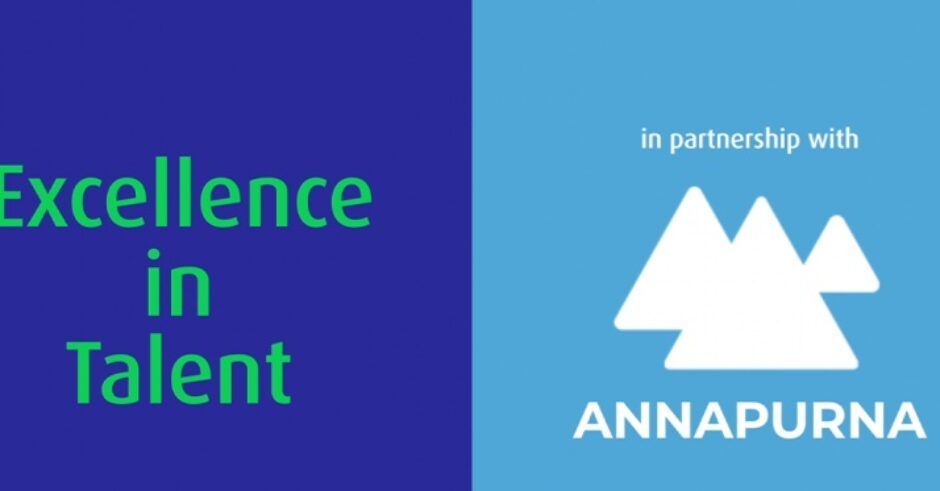Annapurna ERUPT was recently delighted to bring together some of Europe’s leading People champions for an exclusive round table around the role of EVP and to build a talent acquisition capability in order to scale businesses.
The conversation brought about the following takeaways:
Keep it personal and personalised
What may work in your Berlin office may not work in your Lisbon office. One size fits all isn’t always the best option when it comes to technology stacks or your reward & benefits.
Curating a bespoke candidate experience where candidates feel valued throughout the process is a good place to start and this is regularly easier to build and manage within a smaller firm. Therefore, the battle for larger firms will always be keeping on top of the personalised experience but there can be successes by continually implementing small wins throughout the journey. Initiatives such as ensuring personalised responses are sent to applicants during the latter part of the process as it is unfeasible to have personalised responses built for all applicants at every stage.
Organisations are constantly striving for growth, and it’s even more important to keep it personal, even with rapid growth.
Working closely with data will bring about huge advantages across the organisation, with particular wins coming from talent teams being able to identify potential gaps in their organisation. Looking at data that is gathered from feedback surveys and more importantly, from exit interviews can really help develop data-driven decision-making.
Integrate Technology Seamlessly
Always look at what you are trying to fix before looking at embedding technology into any part of your talent process. When looking at mass hiring, wins can be achieved through integrating automated video interviews for example. The transparency of what you are trying to do is key and leaning on automation when and where you can help to facilitate wins.
Finding a blend between technology and the human touch is a fine balance which has huge ramifications on the employee experience. The better the blend, the better the experience but at scale, there are more likely to be mistaken. A lot of firms will claim, and may feel, they have rolled out a good candidate experience because they have automated rejection notices for example but this doesn’t necessarily give candidates the information they require for a positive candidate experience.
All aspects of the TA journey have the ability to be influenced and improved by technology but it is vital to employ consistent expectations and to avoid too much technology in one go being implemented. Work out what is broken, and what needs fixing and go from there. There is plenty that can be solved through the use of technology but so much more that can be solved by putting in the right tech at the right point.
Excellence is like culture – hard to define and hard to measure
The world of recruitment is rapidly changing and the impact poor planning can have in an ever-changing environment is catastrophic. Simple wins such as planning your headcount numbers for the future are important and having an effective ATS is vital for success. Creating these best practices throughout the process is smaller wins for the larger overall win.
The planning aspects must allow recruiters to have the capacity and bandwidth for hyper growth. Become very critical about everything you do; unlocking the small wins will allow everyone to come on board.
For smaller organisations, the focus on planning and close alignment with leadership must occur due to the likelihood that the responsibility for HR and TA are within the same immediate teams.
The conversation led to the group talking about how to improve excellence throughout their TA function and the elements that can be put in place that are standardised, such as surveys.
The role of the employer brand will undoubtedly play a huge role in the future of successful talent acquisition strategy. The difficulty with large corporate organisations is the size of the commercial brand vs trying to grow an employer brand. More people will be looking for jobs with a purpose in the future, so we must ensure our TA team are building talent communities which instil this message and use their own personal brands to align with the main employer brand.
We must start thinking like candidates at every stage and trying to understand what exactly they want to know and when.



